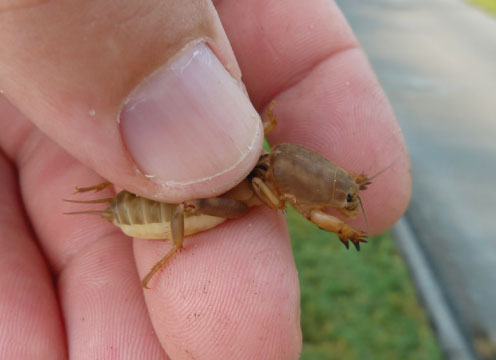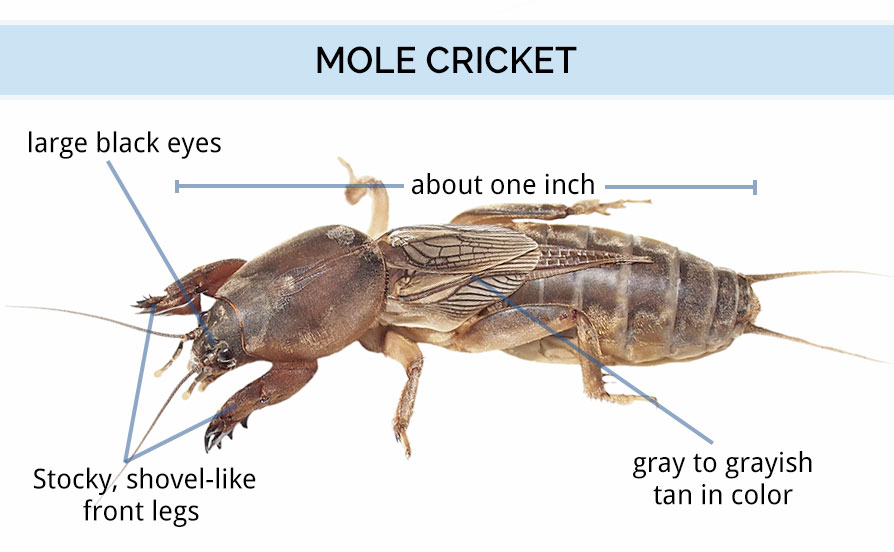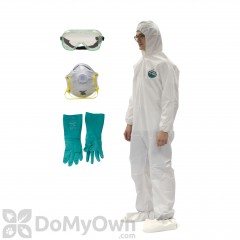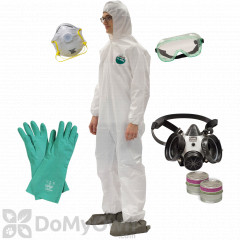Mole crickets are insects that belong to the same family as grasshoppers and crickets and have become problematic lawn pests.
Do Mole Crickets Bite?
Mole crickets are not poisonous and do not bite people. While they technically could bite you if provoked enough, their bite would be completely harmless. Mole crickets are only harmful to your turf.
Mole Cricket Life Cycle
The mole cricket life cycle is fairly simple. The adults lay eggs underground, and when the eggs hatch the immature crickets, called nymphs, feed on grass roots and organic matter which makes up the mole cricket diet, and create tunnels under the surface, causing damage. Once they mature, they mate and the cycle begins again.





